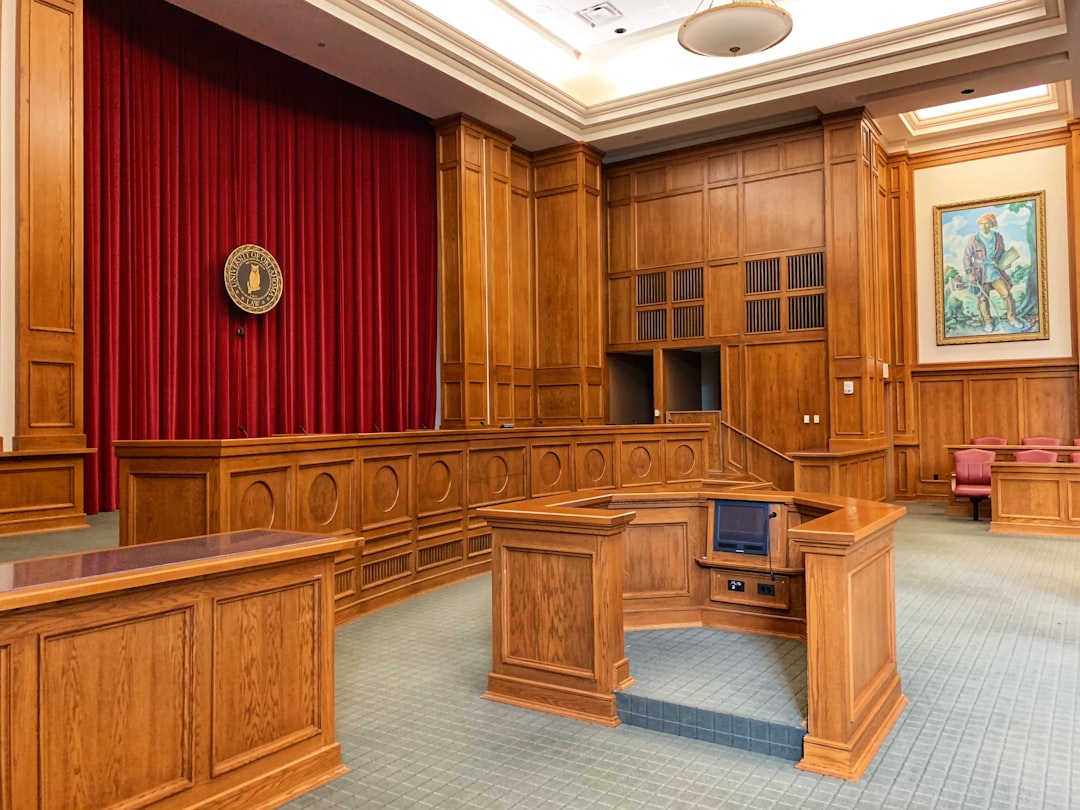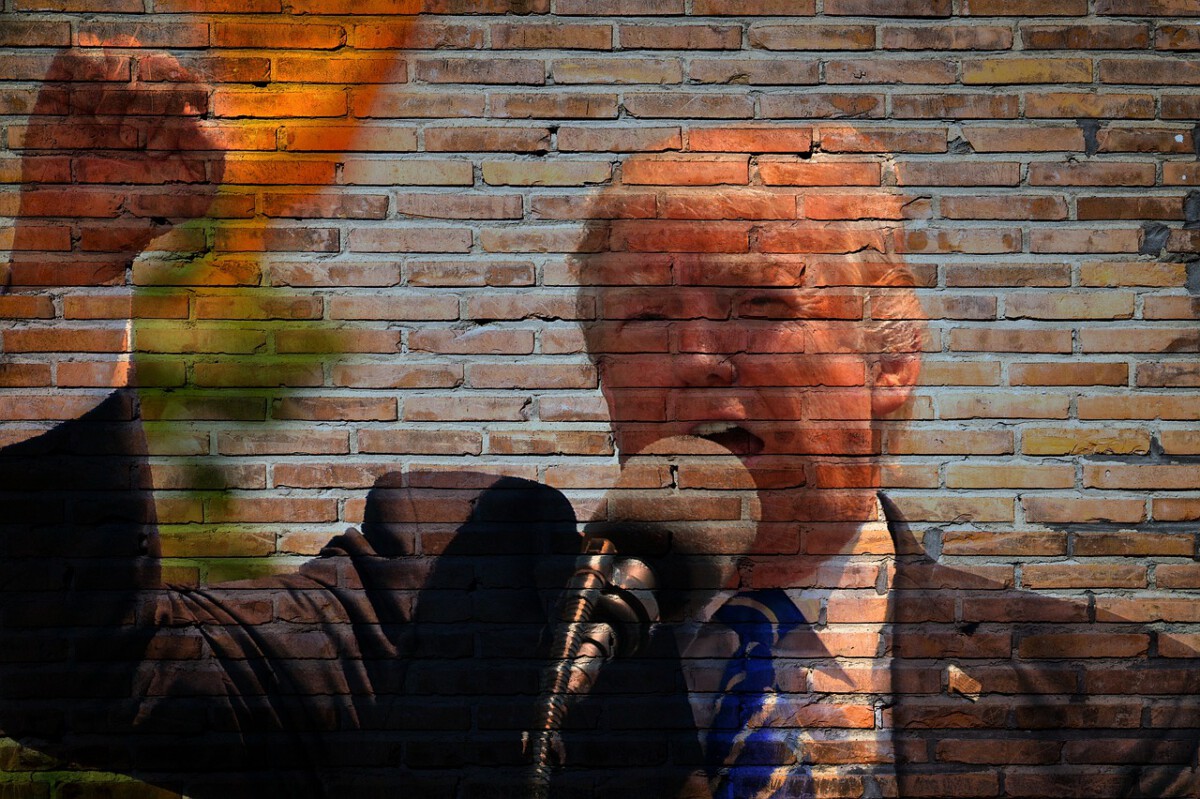The Prohibition Era: A Clash of Ideals

The Prohibition era was a time of great tension and transformation in America. It was a period when the nation attempted to reshape its moral fabric by banning alcohol. The movement was primarily driven by the belief that alcohol was the root of many societal ills, from family breakdowns to rampant crime. However, the reality was more complicated. Instead of eradicating these issues, Prohibition often exacerbated them. The era is a classic example of how well-intentioned policies can sometimes lead to unintended and counterproductive outcomes. It was a time when the clash between idealism and practicality became all too apparent.
Unintended Economic Outcomes

Prohibition had significant economic implications that were largely unforeseen. One of the most immediate impacts was the loss of tax revenue from alcohol sales, which had been a substantial source of government income. This loss was particularly damaging during the Great Depression when every dollar counted. Additionally, the closure of breweries, distilleries, and saloons led to massive job losses. These industries were significant employers, and their shutdown contributed to the economic struggles of the 1930s. It’s a stark reminder of the broader economic consequences that can arise from sweeping legislative changes.
The Rise of Speakeasies: A New Social Scene

With the legal avenues for alcohol consumption closed, Americans turned to speakeasies – illicit bars that operated behind closed doors. These establishments quickly became the heart of a vibrant underground culture. They were more than just places to drink; they were social hubs where people gathered to enjoy music, dance, and conversation. The speakeasy culture also played a crucial role in the jazz age, providing a stage for legendary musicians. This era of secretive revelry highlighted the resilience of human spirit and creativity, even in the face of restrictive laws.
Organized Crime: A Lucrative Opportunity

Prohibition inadvertently provided a golden opportunity for organized crime syndicates. With alcohol in high demand and supply illegal, gangsters like Al Capone stepped in to fill the void. These criminal organizations quickly took control of the bootlegging industry, reaping enormous profits. The illegal alcohol trade became a multi-billion-dollar enterprise, fueling violence and corruption. This era marked the beginning of organized crime’s significant influence in America, a legacy that would last long after Prohibition ended. It serves as a cautionary tale about the potential for crime to flourish when legitimate avenues are closed.
The Role of Women in the Prohibition Movement

Women played a pivotal role in the Prohibition movement. Organizations like the Women’s Christian Temperance Union were at the forefront of advocating for the ban on alcohol. These groups believed that alcohol was a destructive force in families and communities. Their activism was not just about banning alcohol; it was part of a broader movement for social reform and women’s rights. By championing Prohibition, women gained a political voice and laid the groundwork for future movements, including the fight for suffrage. Their efforts during this time were instrumental in shaping the social and political landscape of the era.
Public Disobedience and Changing Attitudes

Despite the strict laws, many Americans continued to drink, leading to widespread public disobedience. This defiance reflected a growing sentiment that Prohibition was an infringement on personal liberties. Over time, the public’s attitude towards alcohol shifted, with many seeing it as a personal choice rather than a societal ill. The era highlighted the challenges of enforcing laws that conflict with public sentiment. It underscored the importance of aligning legislation with the values and behaviors of society to ensure compliance and effectiveness.
Lessons in Legislative Caution

The failures of Prohibition offer valuable lessons in legislative caution. It demonstrated the risks of implementing sweeping laws without fully understanding their potential consequences. Policymakers learned the importance of considering the broader social and economic impacts of their decisions. The era serves as a reminder that laws should be carefully crafted, with input from various stakeholders, to avoid unintended negative outcomes. It highlights the need for a balanced approach that takes into account both moral imperatives and practical realities.
The Repeal and Its Aftermath

The repeal of Prohibition in 1933 marked a significant turning point in American history. It acknowledged that the ban on alcohol had failed to achieve its goals and had instead created a host of new problems. The repeal allowed for the reintroduction of alcohol into the legal market, providing a much-needed boost to the economy through tax revenues. It also paved the way for a more regulated and controlled approach to alcohol consumption. The lessons learned from this period continue to inform contemporary discussions on substance use and regulation.
Prohibition and the Power of Public Opinion

One of the most enduring lessons from the Prohibition era is the power of public opinion. The widespread disobedience and eventual repeal of Prohibition demonstrated the importance of aligning laws with the values and beliefs of the populace. It highlighted the need for policymakers to engage with the public and consider their perspectives when crafting legislation. This era is a testament to the influence that public sentiment can have on shaping policy and effecting change.
Enduring Impact on Modern Legislation

The legacy of Prohibition continues to influence modern legislative practices. It serves as a historical example of the complexities involved in regulating personal behavior through law. The era’s lessons are particularly relevant in contemporary debates over issues like drug legalization and regulation. By looking back at Prohibition, we can better understand the potential pitfalls and challenges of enacting laws that aim to control individual choices. The era remains a valuable case study in balancing moral objectives with practical realities in the pursuit of effective governance.







